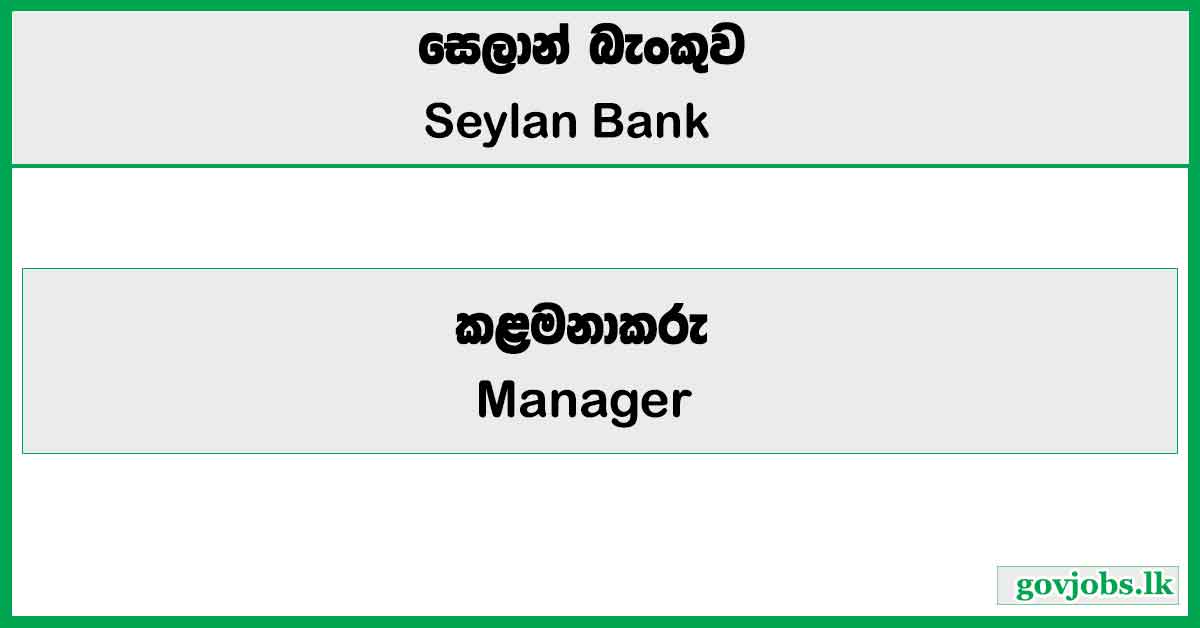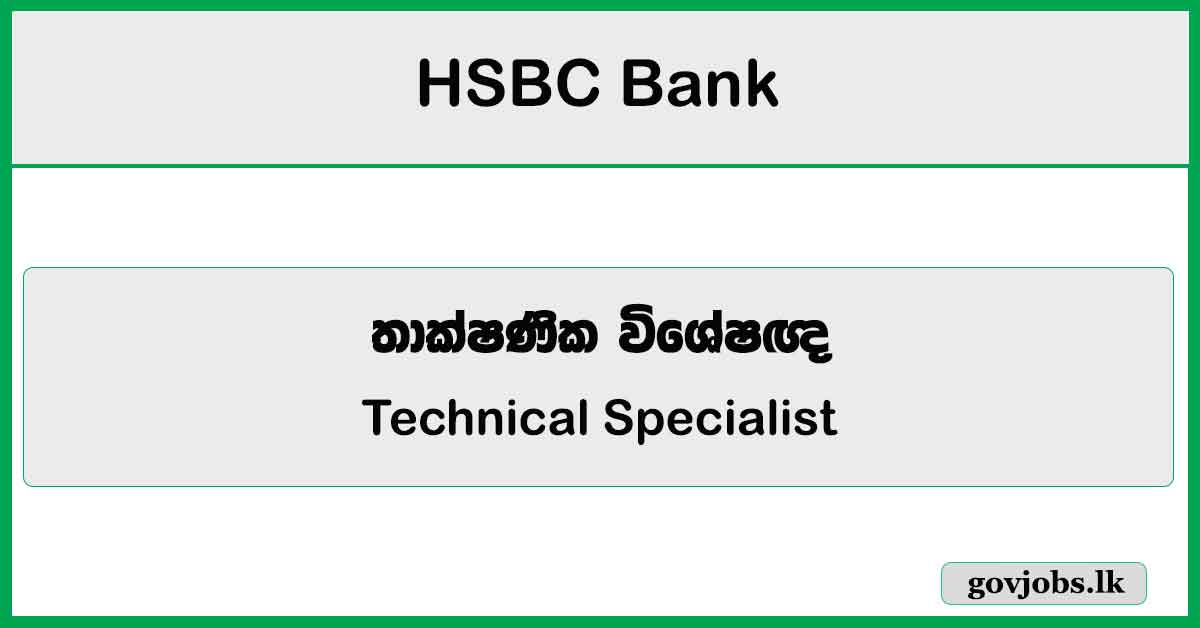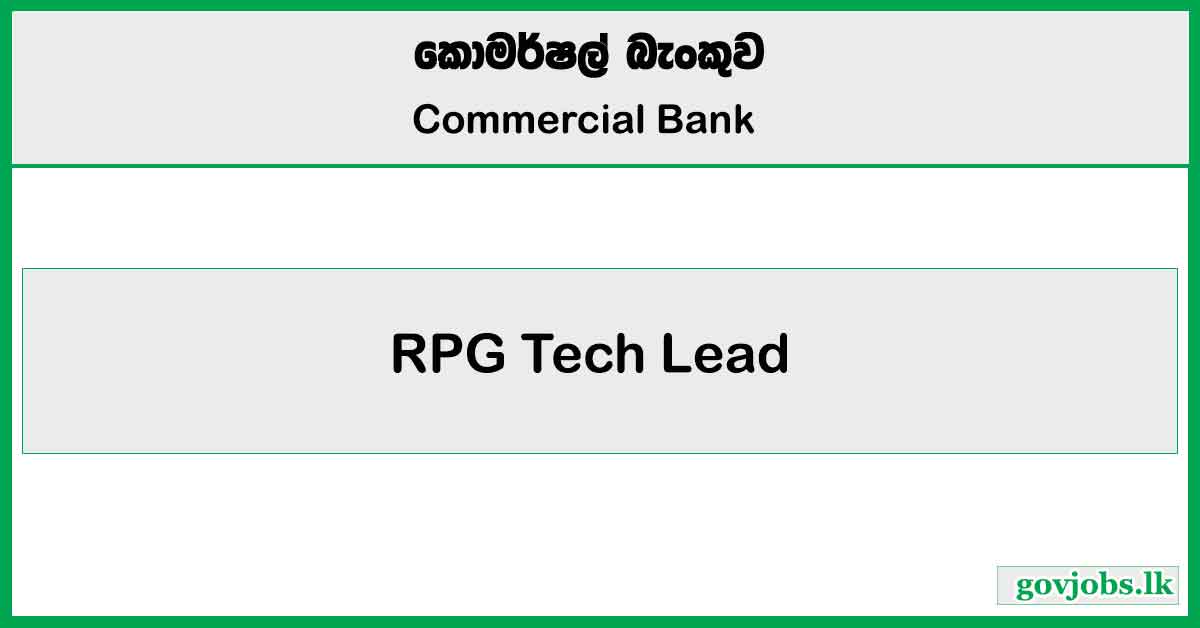
Chartered Accountant – Bank of Ceylon (BOC) Job Vacancies 2025
Bank of Ceylon (BOC) of Sri Lanka invites applications for …
Government Job Vacancies, Courses, Exam Results, Past Papers

Bank of Ceylon (BOC) of Sri Lanka invites applications for …

Pan Asia Bank of Sri Lanka invites applications for the …

Seylan Bank PLC invites applications for the post of Manager. …

HSBC Bank invites applications for the post of Country Head …

HSBC Bank invites applications for the post of Country Head …

Hatton National Bank invites applications for the post of Receptionist …

Hatton National Bank invites applications for the post of Fraud …

Commercial Bank invites applications for the post of Senior Tech …

Commercial Bank invites applications for the post of RPG Tech …

Bank of Ceylon (BOC) of Sri Lanka invites applications for …